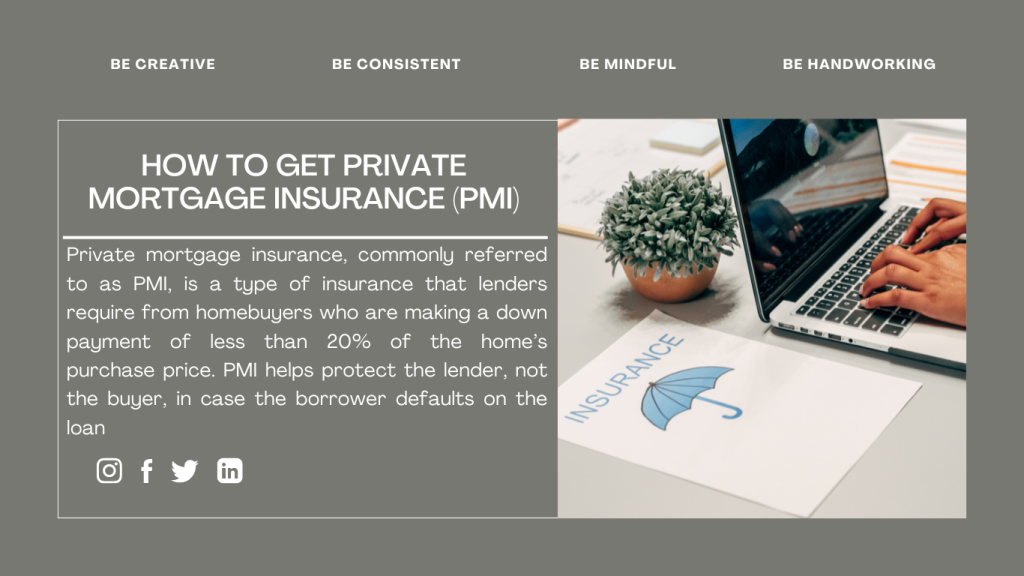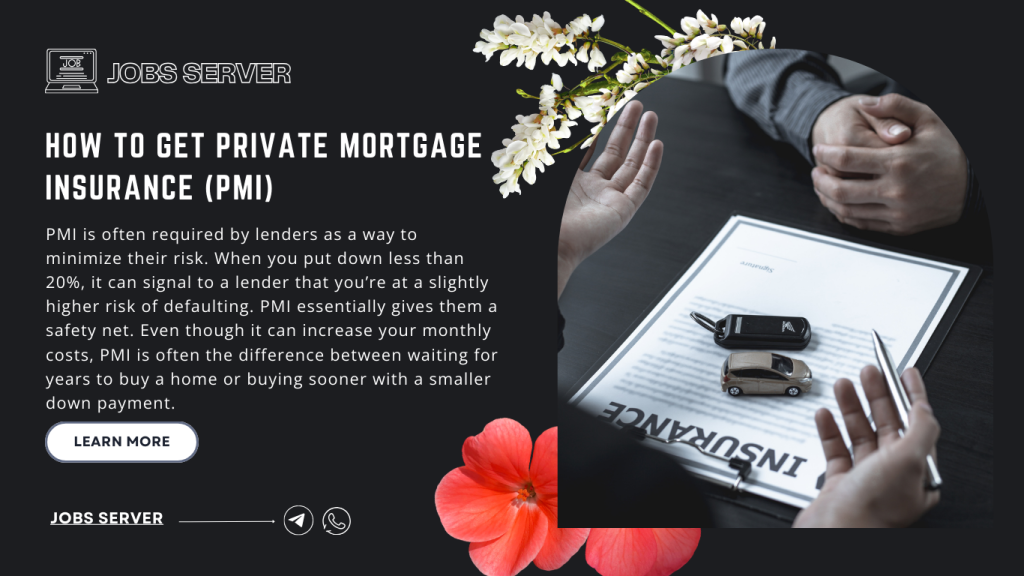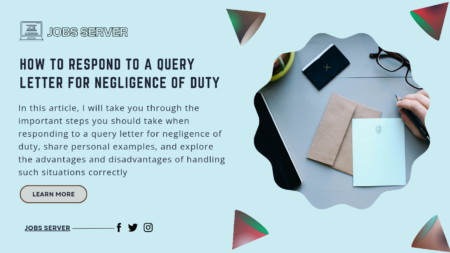HOW TO GET PRIVATE MORTGAGE INSURANCE (PMI)
Buying a home is one of the biggest investments many people make, and often, it requires a bit of assistance to bridge the gap between a dream and reality. Private mortgage insurance (PMI) becomes a part of that journey for most buyers without a large down payment. You’ll likely encounter PMI if you’re a first-time buyer or aiming to buy a home without the traditional 20% down payment. Let’s dive into what private mortgage insurance is, why it’s needed, and most importantly, how you can get it.
WHAT IS PRIVATE MORTGAGE INSURANCE?
Private mortgage insurance, commonly referred to as PMI, is a type of insurance that lenders require from homebuyers who are making a down payment of less than 20% of the home’s purchase price. PMI helps protect the lender, not the buyer, in case the borrower defaults on the loan. So, if you end up unable to pay your mortgage, the lender is still somewhat protected because the insurance will cover part of their losses. Although it adds a little extra to your monthly mortgage payment, PMI can make it possible for buyers to purchase a home with a smaller down payment, thus lowering the barrier to homeownership.
WHY DO YOU NEED PRIVATE MORTGAGE INSURANCE?
PMI is often required by lenders as a way to minimize their risk. When you put down less than 20%, it can signal to a lender that you’re at a slightly higher risk of defaulting. PMI essentially gives them a safety net. Even though it can increase your monthly costs, PMI is often the difference between waiting for years to buy a home or buying sooner with a smaller down payment. For many, PMI offers a practical way to enter the housing market earlier than they would if they were saving for that elusive 20%.
A STEP-BY-STEP GUIDE ON HOW TO GET PRIVATE MORTGAGE INSURANCE:
If you’re ready to start the journey to PMI, here’s a simple yet detailed guide to help you through each step.
Step 1: Make Sure You Know Your Loan Options
Not all loans require PMI, so before diving in, look at what type of mortgage you’re considering. Traditional conventional loans usually require PMI if the down payment is less than 20%. FHA loans, for instance, have a different form of insurance called MIP (Mortgage Insurance Premium), which works differently than PMI. Understanding the differences will help you choose the right mortgage product for you.

Step 2: Decide On the Down Payment You Can Easily Afford
Knowing how much you can put down is essential. Generally, if your down payment is 20% or higher, you can skip PMI altogether. However, if you plan to put down less, calculate how much less it will be. For example, putting down 10% or 15% will still require PMI but at a lower cost than a 5% down payment would.
When I bought my first home, I was initially leaning towards a 5% down payment to keep more savings on hand. However, after comparing monthly PMI rates for 5% versus 10% down, I decided to stretch to the 10% down payment. This lowered my PMI and gave me a slightly better rate on the mortgage.
Step 3: Research PMI Providers and Compare Rates
Many lenders work with several PMI providers, so it’s worth asking your lender which companies they partner with and if you have any say in the choice. There are variations in PMI rates among providers, so a bit of comparison can go a long way. Private mortgage insurance is typically a percentage of the loan amount, often ranging from 0.3% to 1.5% of the mortgage. For example, on a $250,000 mortgage, PMI could add between $750 and $3,750 to your annual costs.
Step 4: Calculate Your Monthly PMI Payment
Knowing how much PMI will cost you each month can help with budgeting and deciding how much you’re comfortable paying. To estimate, take the PMI rate provided by your lender and apply it to your loan amount. For instance, if your PMI rate is 0.75% on a $200,000 loan, you would be looking at an additional $1,500 annually or $125 monthly.
A close friend was paying $1,200 in monthly rent and wanted to buy a house with a mortgage that had a similar monthly payment. But when she factored in PMI, her monthly payment rose to $1,325. While she was comfortable with this, the unexpected extra cost initially surprised her. It’s crucial to factor in PMI to avoid surprises after closing.
Step 5: Choose Between Borrower-Paid and Lender-Paid PMI
There are two main types of PMI: Borrower-Paid PMI (BPMI) and Lender-Paid PMI (LPMI).
- Borrower-Paid PMI (BPMI): This is the most common type of PMI. You pay it monthly, and once you reach 20% equity in your home, you can typically ask the lender to remove it.
- Lender-Paid PMI (LPMI): With LPMI, the lender pays for the PMI but increases your mortgage interest rate slightly to cover the cost. This means your monthly payment might be slightly higher, but you won’t see a separate PMI charge. However, unlike BPMI, LPMI can’t be canceled, and the increased rate stays with you for the life of the loan.
Step 6: Complete The Application Process
Once you’ve decided on the type of PMI, chosen a provider, and calculated your payment, your lender will include PMI in the mortgage application process. They will submit your application to the insurer, and once approved, PMI will become part of your mortgage terms.
Step 7: Set A Plan To Cancel PMI
PMI isn’t a lifelong commitment. Once you reach 20% equity in your home through payments or property appreciation, you can request to cancel it. To do this, you may need to have your home appraised (at your cost), proving the increased equity.
My brother bought his home with a 5% down payment and paid PMI. After five years of paying his mortgage and watching his home appreciate, he requested to remove his PMI, saving about $120 each month.
ADVANTAGES AND DISADVANTAGES OF PRIVATE MORTGAGE INSURANCE
Advantages Of PMI
- Enables Homeownership Sooner: PMI allows you to buy a home without waiting years to save for a 20% down payment. This is a huge advantage for buyers looking to establish roots sooner rather than later.
- Builds Equity Faster: When you’re paying a mortgage instead of rent, each payment adds a bit of equity to your name.
- Potential to Cancel: Unlike other insurance, PMI can be canceled once you reach 20% equity, allowing you to eliminate the added cost.
Disadvantages Of PMI
- Increased Monthly Payments: PMI adds to your monthly mortgage cost, which can be a challenge if you’re on a tight budget.
- No Benefit to You Directly: PMI is strictly for the lender’s benefit. If you default, it doesn’t protect you; it protects the lender. Some buyers find it difficult to pay for an insurance product that doesn’t directly benefit them.
- Limited Cancellation Options with Some Plans: While BPMI can usually be canceled, LPMI is more difficult to remove since it’s wrapped into your interest rate.
TIPS FOR MANAGING AND REDUCING PMI COSTS
- You Need Aim For A Higher Down Payment: If possible, try to save for a 10% down payment or more, which can lower your PMI rate significantly.
- Improve Your Credit Score: A higher credit score can reduce your PMI rate, potentially saving you thousands over the life of the loan.
- Choose BPMI Over LPMI if Possible: BPMI offers you more flexibility for cancelation once you reach 20% equity.
ALSO CHECK
- How To Improve Mental Health In The Workplace
- How To Respond To A Query Letter For Negligence Of Duty
- How To Stay Motivated In A Long-Term Career
- How to Know If Your Social Skills Are Bad
- How To Develop Leadership Skills In Employees
FINAL THOUGHT
Private mortgage insurance can feel like an unwanted extra cost, but it also serves a purpose: enabling more people to buy homes without a huge down payment. By understanding how PMI works, researching providers, and selecting the best PMI option for your budget and goals, you can make PMI work for you, not against you. PMI may have its drawbacks, but for many buyers, it’s a bridge that brings the goal of homeownership a lot closer. So, while PMI isn’t ideal, it’s often a helpful step on the journey to your own front door.
SOME ASKED QUESTIONS ON HOW TO GET PRIVATE MORTGAGE INSURANCE (PMI)
- What is private mortgage insurance, and why do I need it?
Private mortgage insurance (PMI) is insurance that protects the lender if you default on your mortgage, typically required if you make a down payment of less than 20% on a conventional loan. PMI enables buyers to purchase a home sooner, even without a large down payment, while offering lenders added security. - How does private mortgage insurance work?
PMI is added to your monthly mortgage payment and calculated as a percentage of your loan. When you reach 20% equity, you can usually request its removal. Until then, it provides financial protection to the lender, covering part of their losses if you can’t make mortgage payments. - How much does private mortgage insurance cost?
PMI costs typically range between 0.3% to 1.5% of the loan amount per year, depending on factors like your down payment size and credit score. For example, on a $250,000 mortgage, PMI might cost between $750 and $3,750 annually, or about $60 to $312 monthly. - Can I avoid paying private mortgage insurance?
Yes, you can avoid PMI by making a down payment of 20% or more. Alternatively, some loan programs offer lender-paid PMI, but this usually involves a higher interest rate. In some cases, a piggyback loan (a second loan for part of your down payment) may help bypass PMI. - How do I get private mortgage insurance removed?
To cancel PMI, reach at least 20% home equity and request removal from your lender. After an appraisal verifies your home’s value, PMI can typically be removed, lowering your monthly payment. Many lenders automatically cancel PMI once you hit 22% equity. - Does private mortgage insurance affect my interest rate?
PMI itself doesn’t raise your interest rate. However, if you opt for lender-paid PMI, your lender may adjust the interest rate to cover their insurance costs. This can increase your monthly mortgage payment but saves you from having a separate PMI charge. - Can I choose my private mortgage insurance provider?
Most of the time, your lender selects the PMI provider from their approved list. While you can’t pick your provider, you can ask about the options available, as rates and terms may vary slightly between insurers. - Is private mortgage insurance tax-deductible?
Yes, in certain cases, PMI payments are tax-deductible if you meet specific income requirements, although this tax benefit may be subject to changes each tax year. Check the latest tax laws or consult a tax advisor for eligibility. - How does private mortgage insurance differ from FHA mortgage insurance?
PMI applies to conventional loans, while FHA loans use a Mortgage Insurance Premium (MIP), which typically lasts the life of the loan if the down payment is less than 10%. Unlike PMI, which can be canceled, MIP is harder to remove. - Does my credit score impact the cost of private mortgage insurance?
Yes, a higher credit score usually results in a lower PMI rate, as lenders see high scores as lower risk. Improving your credit score before applying for a mortgage can help reduce your PMI costs. - What happens to private mortgage insurance if my home value rises?
If your home’s value increases significantly, you may reach 20% equity sooner than expected, allowing you to request PMI removal. An appraisal is typically required to confirm the new value, which can help you drop PMI sooner. - What is the difference between Borrower-Paid PMI and Lender-Paid PMI?
With Borrower-Paid PMI (BPMI), you pay PMI monthly, and it can be canceled once you reach 20% equity. Lender-Paid PMI (LPMI) is rolled into your interest rate, meaning there’s no separate PMI charge but a slightly higher mortgage rate instead. - How can I lower my private mortgage insurance rate?
Increasing your down payment, improving your credit score, or opting for a shorter loan term can often result in a lower PMI rate. Discussing these options with your lender may help reduce your overall PMI costs.





